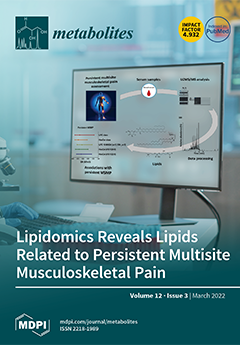Anti-virulence agents are non-bacteriostatic and non-bactericidal emerging therapeutic options which hamper the production of virulence factors in pathogenic flora. In
Staphylococcus aureus and
Enterococcus faecalis, regulation of virulence genes’ expression occurs through the cyclic peptide-mediated accessory gene regulator (
agr) and
[...] Read more.
Anti-virulence agents are non-bacteriostatic and non-bactericidal emerging therapeutic options which hamper the production of virulence factors in pathogenic flora. In
Staphylococcus aureus and
Enterococcus faecalis, regulation of virulence genes’ expression occurs through the cyclic peptide-mediated accessory gene regulator (
agr) and its ortholog
fsr quorum sensing systems, respectively. In the present study, we screened a set of 54 actinomycetales secondary metabolites as novel anti-virulence compounds targeting quorum sensing system of the Gram-positive bacteria. The results indicated that four compounds, Phenalinolactones A–D, BU–4664LMe, 4,5-dehydrogeldamycin, and Questinomycin A, potentially inhibit the
agr quorum sensing system and hemolytic activity of
S. aureus. On the other hand, Decatromicin A and B, Okilactomycin, Rishirilide A, Abyssomicin I, and Rebeccamycin selectively blocked the
fsr quorum sensing system and the gelatinase production in
E. faecalis at sub-lethal concentrations. Interestingly, Synerazol uniquely showed the capability to inhibit both
fsr and
agr quorum sensing systems. Further, in silico molecular docking studies were performed which provided closer insights into the mode of action of these compounds and proposed that the inhibitory activity of these compounds could be attributed to their potential ability to bind to the ATP-active site of
S. aureus AgrA. Taken together, our study highlights the potential of actinomycetales secondary metabolites with diverse structures as anti-virulence quorum sensing inhibitors.
Full article






